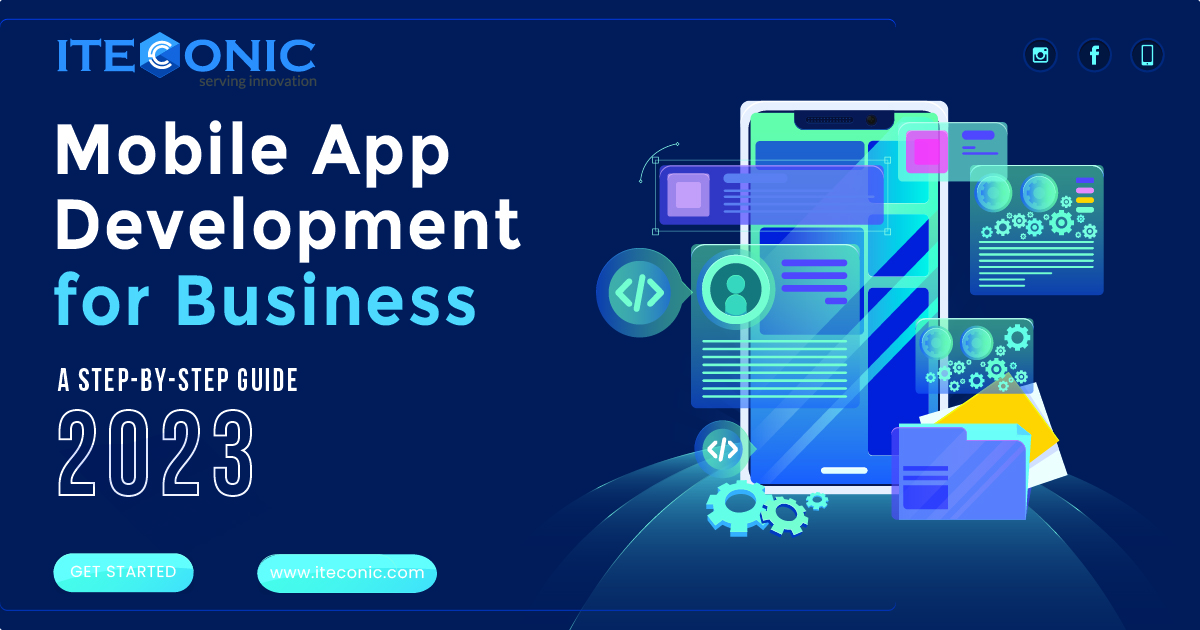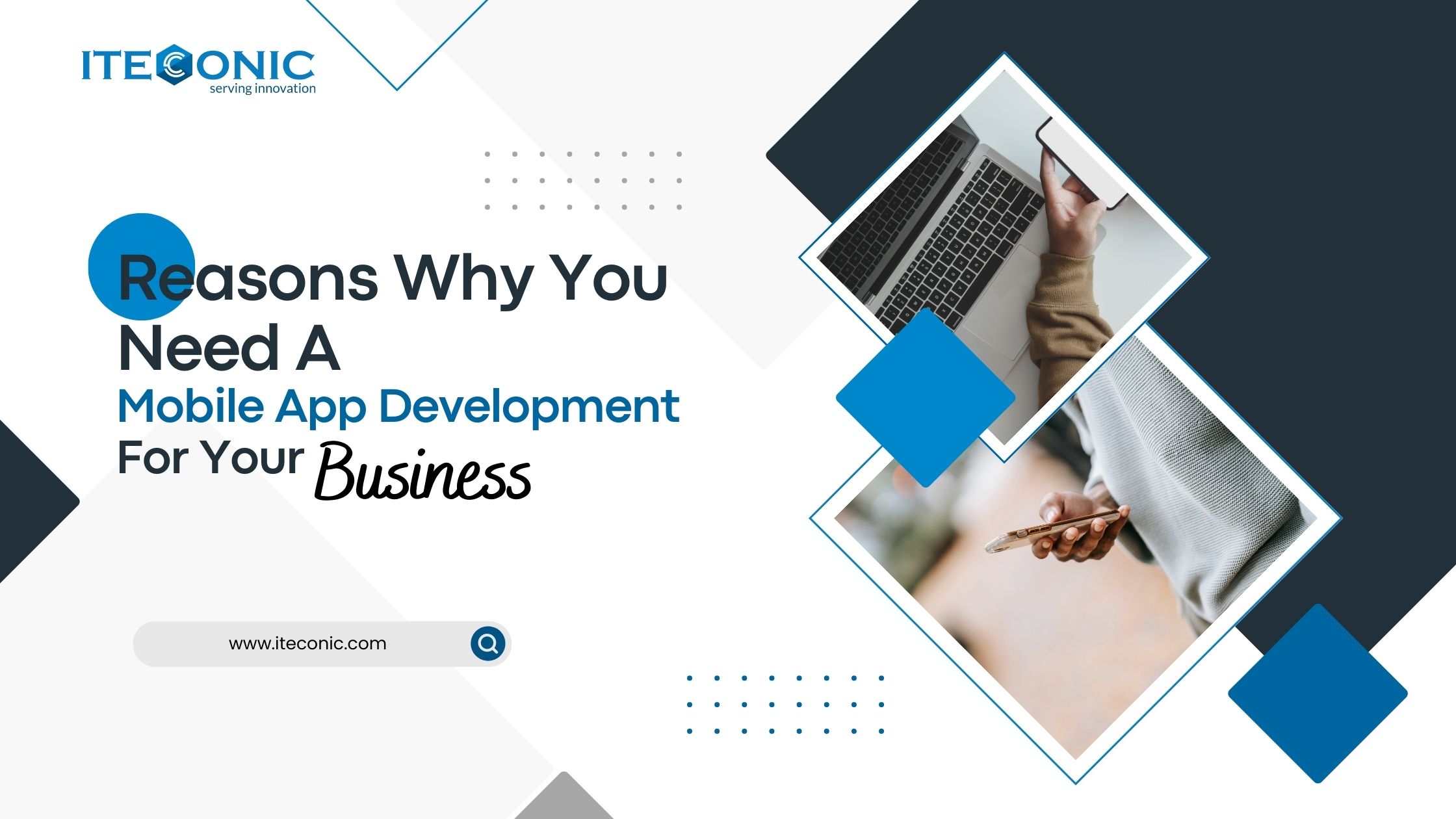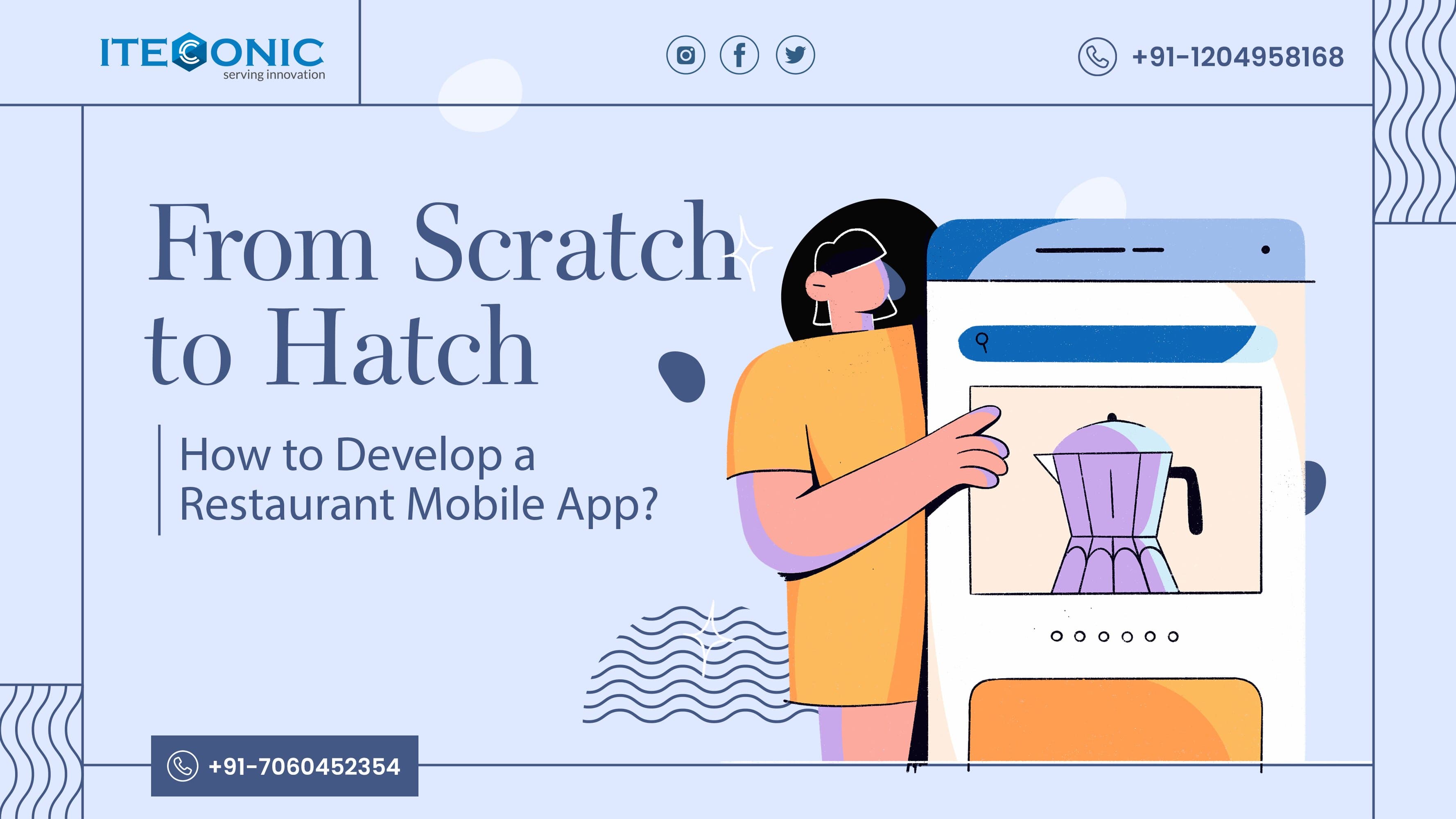Complete Guide to Manage E-Commerce App Development with Flutter
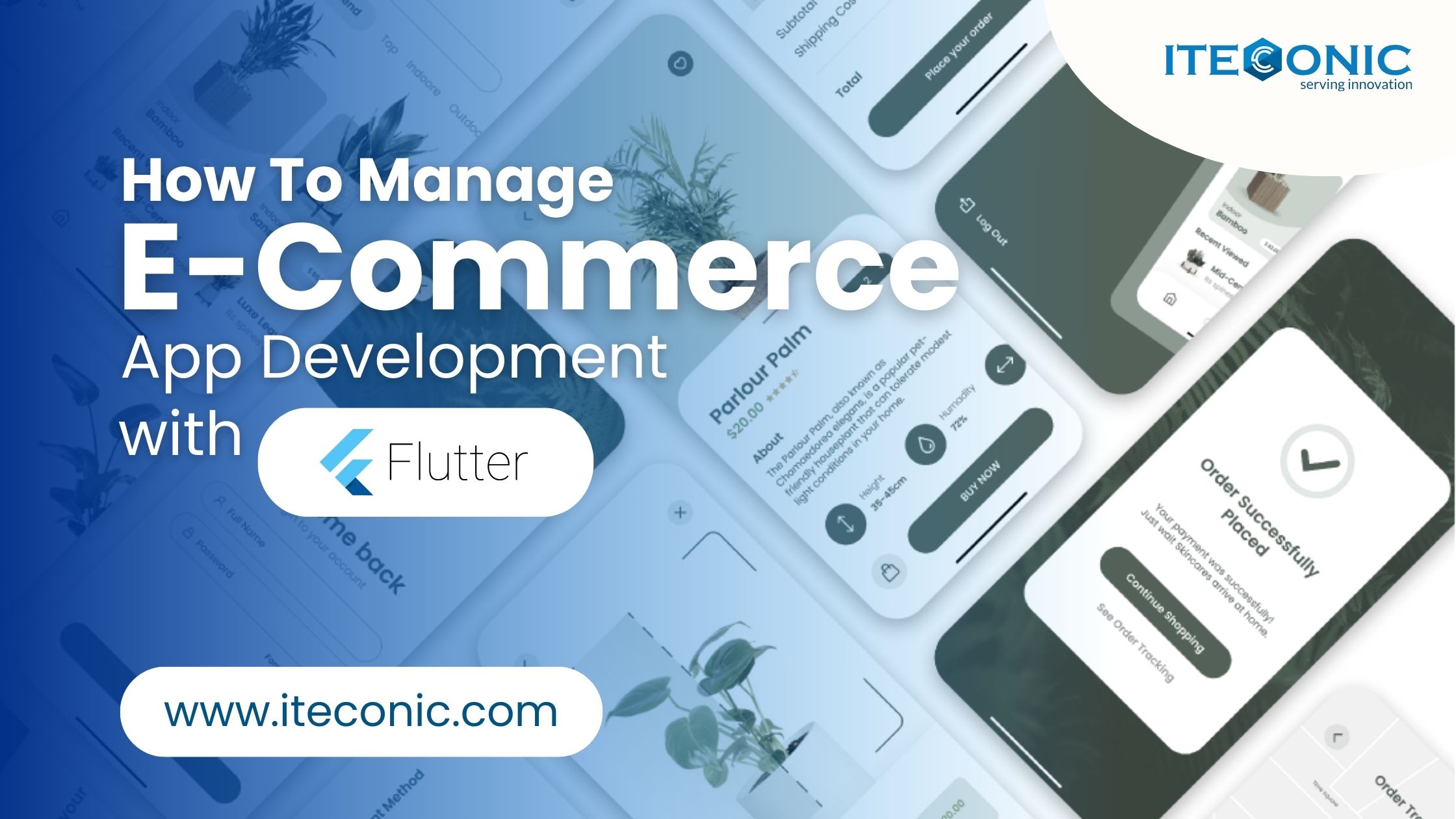
Managing E-Commerce App Development with Flutter involves composing the creation of a user-friendly and feature-rich application for online retail. Flutter, a versatile UI toolkit by Google, empowers developers to build natively compiled applications for mobile, web, and desktop from a single codebase. This streamlined approach accelerates development, minimizes resource allocation, and ensures consistent performance across platforms.
Effective management entails several stages: conceptualization, design, development, testing, and deployment. Collaborating with designers and developers, project managers outline the app's functionality and design, leveraging Flutter's widgets for crafting interactive interfaces. As per the leading mobile app development companies like ITEconic, the development phase involves coding business logic, integrating APIs for payments, inventory, and user authentication, and optimizing performance.
Similarly, quality assurance is also a vital part of Flutter E-Commerce app development which includes rigorous testing for functionality, security, and usability. As the app matures, monitoring user feedback and analytics informs iterative improvements.
Recently Added - Apply Machine Learning In Android App Development
Execute Flutter E-Commerce App Development in 2023 – An Overview
E-commerce mobile app development using Flutter, the open-source UI framework by Google, has gained substantial momentum in recent years. With the meteoric rise of mobile shopping, E-Commerce businesses have turned to mobile apps as a primary channel for reaching customers. Successful management of E-Commerce mobile app development with Flutter demands a holistic approach, blending technical prowess with effective communication and adaptable strategies for a seamless shopping experience.
The "hot reload" feature, which allows developers to instantly see changes in the app, enhances the development process and aids in refining user experiences. Moreover, Flutter's widget library offers a wealth of customization options, enabling developers to craft visually appealing and user-friendly interfaces tailored to the unique branding of each E-Commerce business. The framework's compiled nature contributes to the smooth performance of apps, addressing concerns of lag and responsiveness. E-Commerce giants like Alibaba and eBay have embraced Flutter for their mobile applications, attesting to its potential to elevate customer engagement and satisfaction.
The following guide helps understand the effective ways to manage the e-commerce mobile app development process using Flutter.
Major Statistics of Flutter E-Commerce App Development
Flutter's impact on the E-Commerce mobile app development domain has been remarkable. Its ability to facilitate cross-platform app development through a single codebase has resonated well, resulting in faster time-to-market and cost savings for businesses. The strong and active Flutter community further supports this growth, offering solutions to challenges and sharing insights that foster innovation.
- Flutter Adoption Growth: Flutter's popularity has surged, and by 2020, it has gained a significant following in the mobile app development space due to its cross-platform capabilities and user-friendly development experience.
- E-Commerce Mobile Dominance: E-Commerce continued its upward trajectory in mobile shopping, with a significant percentage of online transactions taking place through mobile apps. This trend drove E-Commerce businesses to invest in high-quality, feature-rich mobile apps.
- User Experience Focus: E-Commerce apps built with Flutter emphasize seamless and engaging user experiences. Flutter's widget library allowed developers to design visually appealing and interactive interfaces, contributing to enhanced customer satisfaction.
- Community Contributions: The Flutter community actively shared insights, tutorials, and best practices for E-Commerce app development, creating a collaborative environment that facilitated knowledge exchange and innovation.
While these statistics underscore the positive trajectory of Flutter e-commerce app development, it's important to note that the landscape evolves rapidly, hence, hiring a mobile app development company like ITEconic is significant for sustained success.
Also Read - Guide for Custom ERM Software Development
How to Develop E-Commerce App with Flutter
Developing an E-Commerce app using Flutter involves several steps to create a feature-rich and user-friendly application. Here's a high-level overview of the process along with all the major steps involved in developing an E-Commerce mobile app:
Conceptualization and Planning
Define the app's goals, such as increasing sales, enhancing user experience, or expanding market reach. You are advised to conduct and identify your target audience and their preferences to tailor the app accordingly. This is where you can plan the app's key features, such as product browsing, search, filters, product details, shopping cart, user profiles, order history, and secure payment methods.
Focus on Designs
In the next step, you need to focus on designing part of the user interface (UI) keeping user experience (UX) principles in mind. Create wireframes and mockups to visualize the app's layout and navigation flow. Also, you can choose a color scheme, typography, and visual elements that align with your brand identity and resonate with your target audience.
The Development Phase is Crucial
Now, you will need to set up the Flutter development environment by installing Flutter SDK and related tools. Create screens using Flutter widgets, arranging components like buttons, text fields, and images. Similarly, you need to implement navigation using Navigator to move between screens. Other than this, you can integrate packages like http for API calls to retrieve product data and flutter_bloc for state management.
With this, you can easily implement search functionality and filters that will help users to find the products. You can also develop a product catalog screen with scrollable lists and grid views for displaying products. You can also add the following points in the application development phase:
- Create a product details screen with images, descriptions, and pricing information.
- Build a shopping cart screen where users can view and manage their selected items.
- Create user profile screens for account management and order tracking.
Testing Would Be Next
Perform unit testing to validate individual components and functions by conducting integration testing to ensure different parts of the application work together smoothly. Now, you would need to test the app on various devices, screen sizes, and orientations to ensure responsiveness. Similarly, test different user scenarios, including adding items to the cart, checking out, and viewing order history.
Work on Optimization and Deploy Your App
Optimizing app performance by using efficient code and optimizing images will help to improve the app’s loading times. You can optimize animations and transitions for a smooth user experience. Right after this, you will need to work on the deployment process by creating and configuring app icons and splash screens.
Follow the guidelines of the Google Play Store and Apple App Store for app submission, while making sure to address any feedback from app stores during the review process.
Post-Launch and Maintenance
Monitor user reviews and feedback to identify areas for improvement. Similarly, being the leading mobile app development company you need to focus on application performance by fixing up the bugs, adding new features, and enhancing user experience.
Throughout the process, stay engaged with the Flutter community, forums, and resources to learn from others' experiences and stay updated on best practices. Developing an E-Commerce app is an ongoing journey that requires continuous improvement and adaptation to user needs.
Conclusion – The End Note
In conclusion, managing E-Commerce app development with Flutter offers a dynamic and efficient approach to creating a successful online retail platform. Flutter's cross-platform capabilities and versatile UI toolkit empower developers to craft feature-rich apps that cater to modern shopping trends. By orchestrating a well-structured development process, businesses can achieve a seamless and engaging user experience. Moreover, integrating secure payment gateways and robust user authentication ensures a safe and trustworthy shopping environment. Continuous post-launch monitoring, user feedback analysis, and iterative updates solidify the app's performance, keeping it aligned with evolving user needs.
In the realm of E-Commerce, where user experience is paramount, Flutter's native performance and consistent cross-platform rendering contribute to smooth navigation and increased user satisfaction. Overall, managing E-Commerce application development with Flutter calls for a strategic blend of technical prowess, design sensibility, and customer-centricity, ultimately resulting in a compelling and successful online shopping destination.
.jpg)
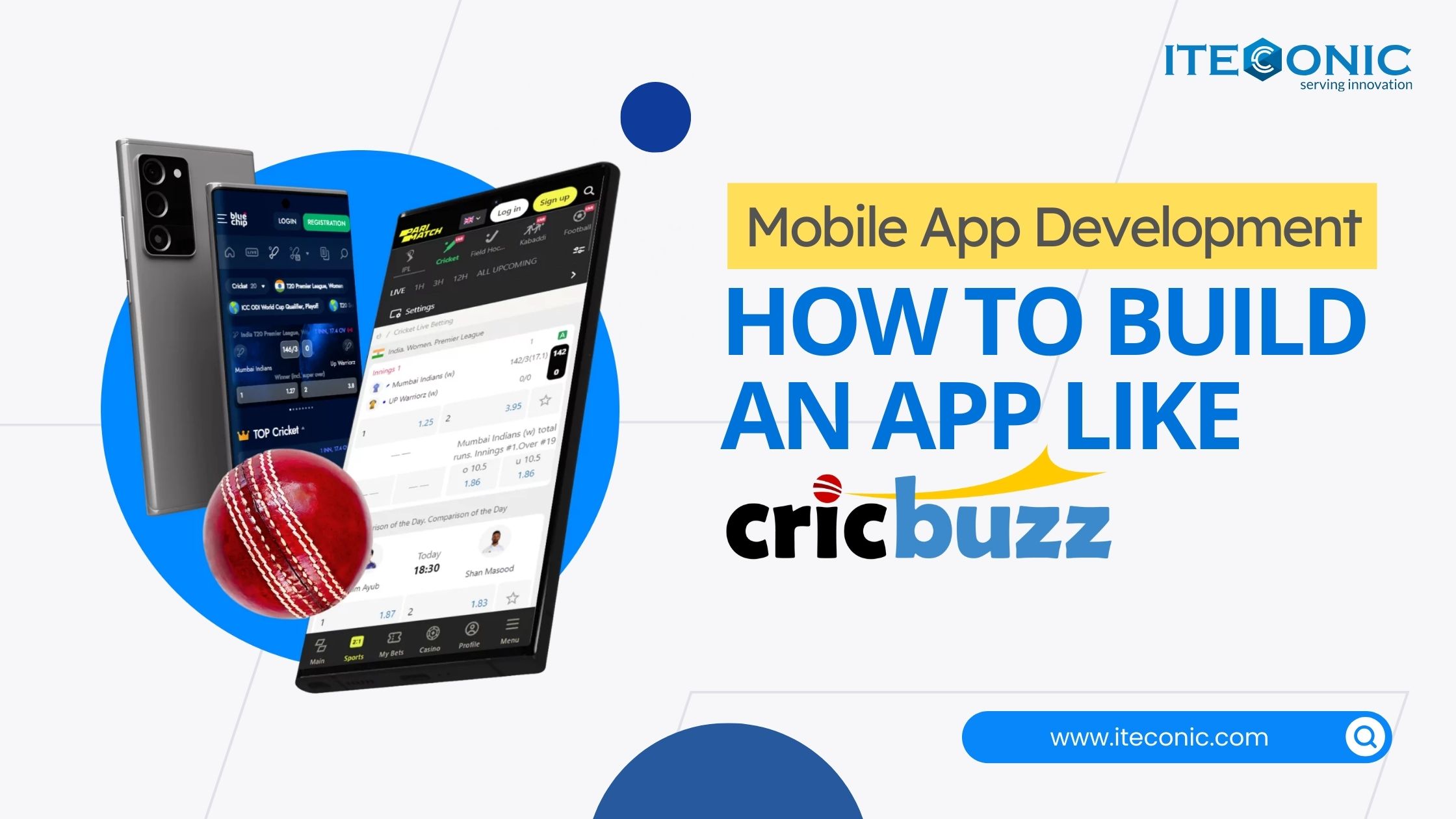
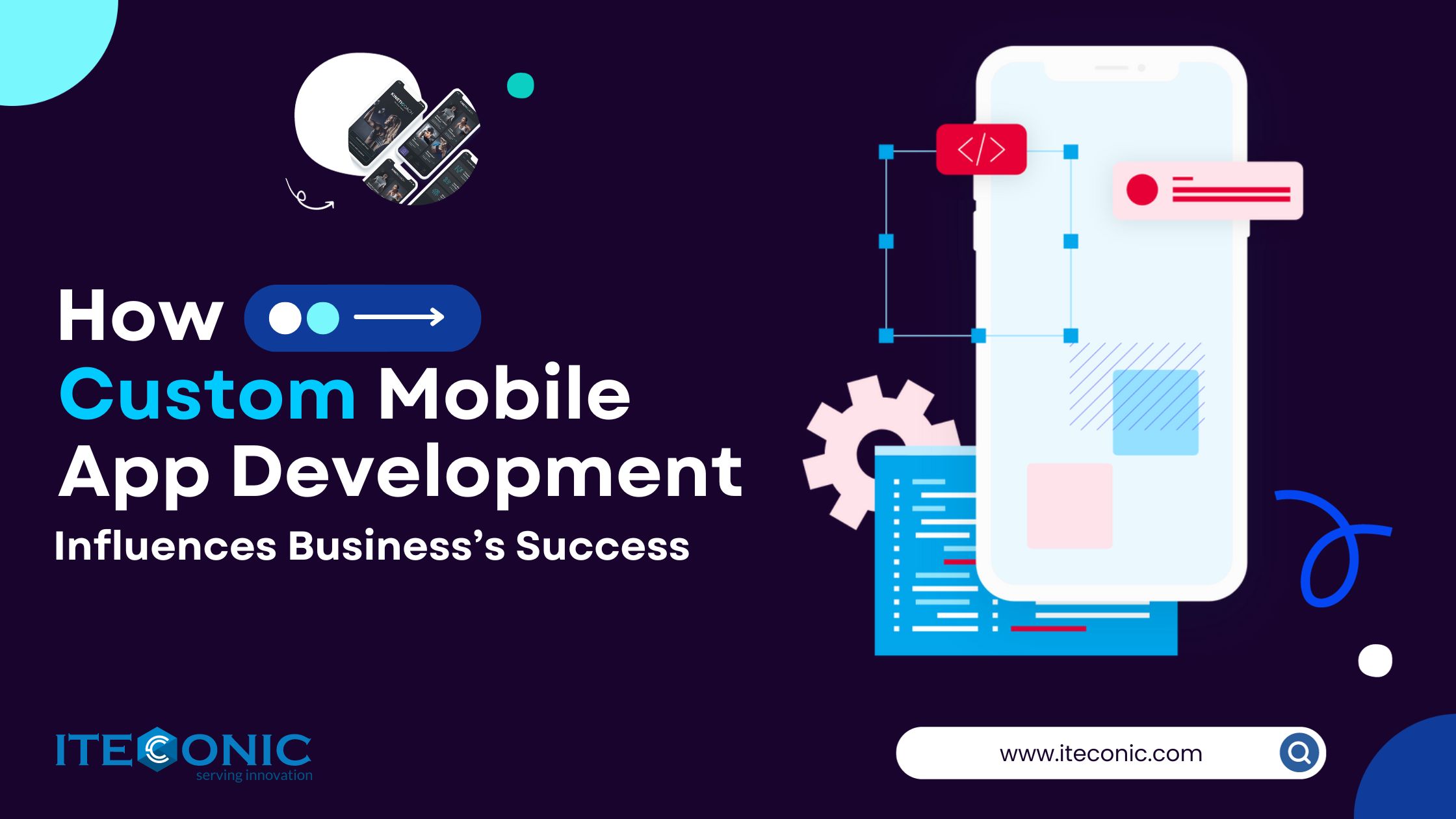
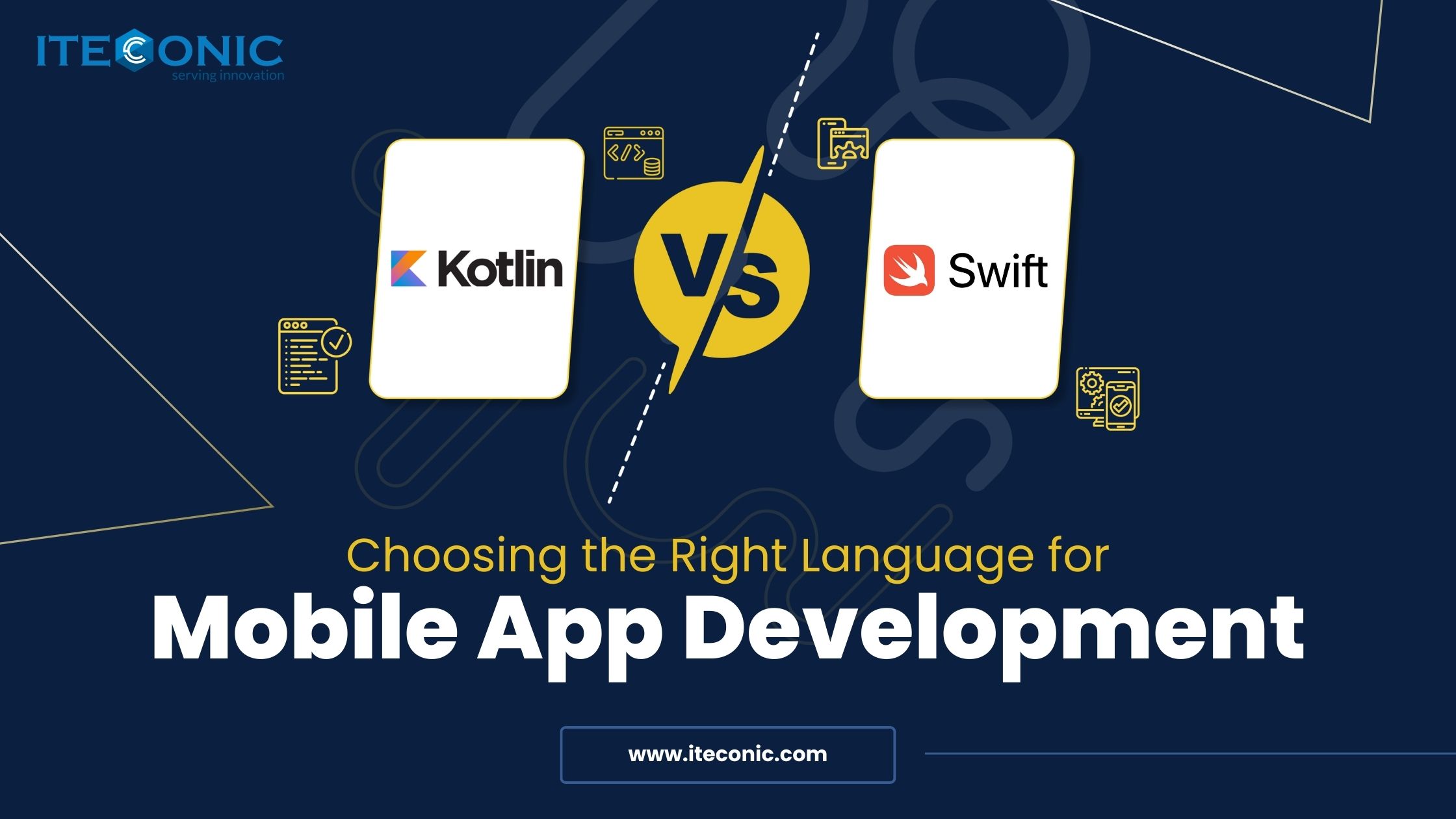

.jpg)
.jpg)
.jpg)
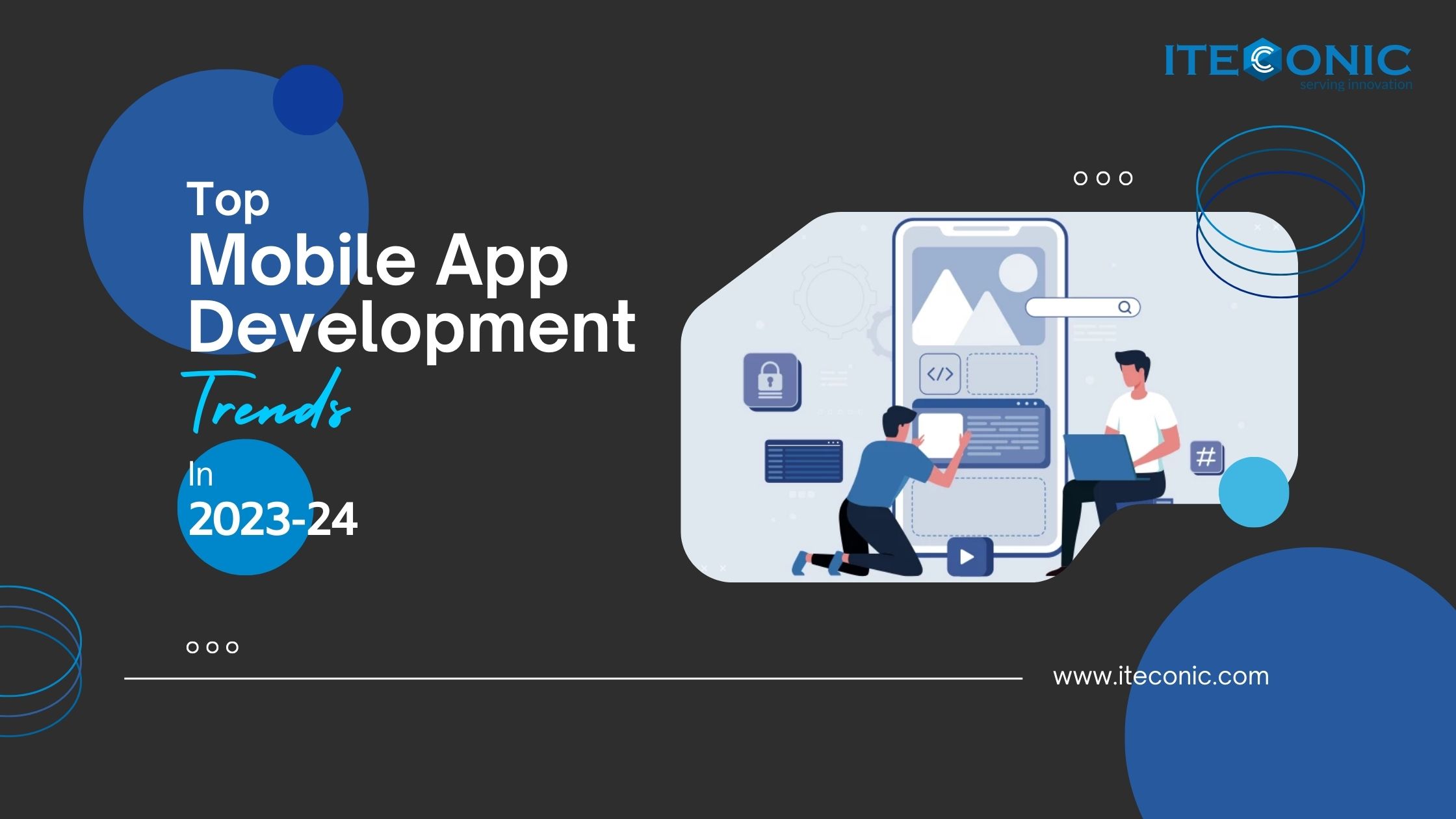
.jpg)
 (1).jpg)
.jpg)
.jpg)
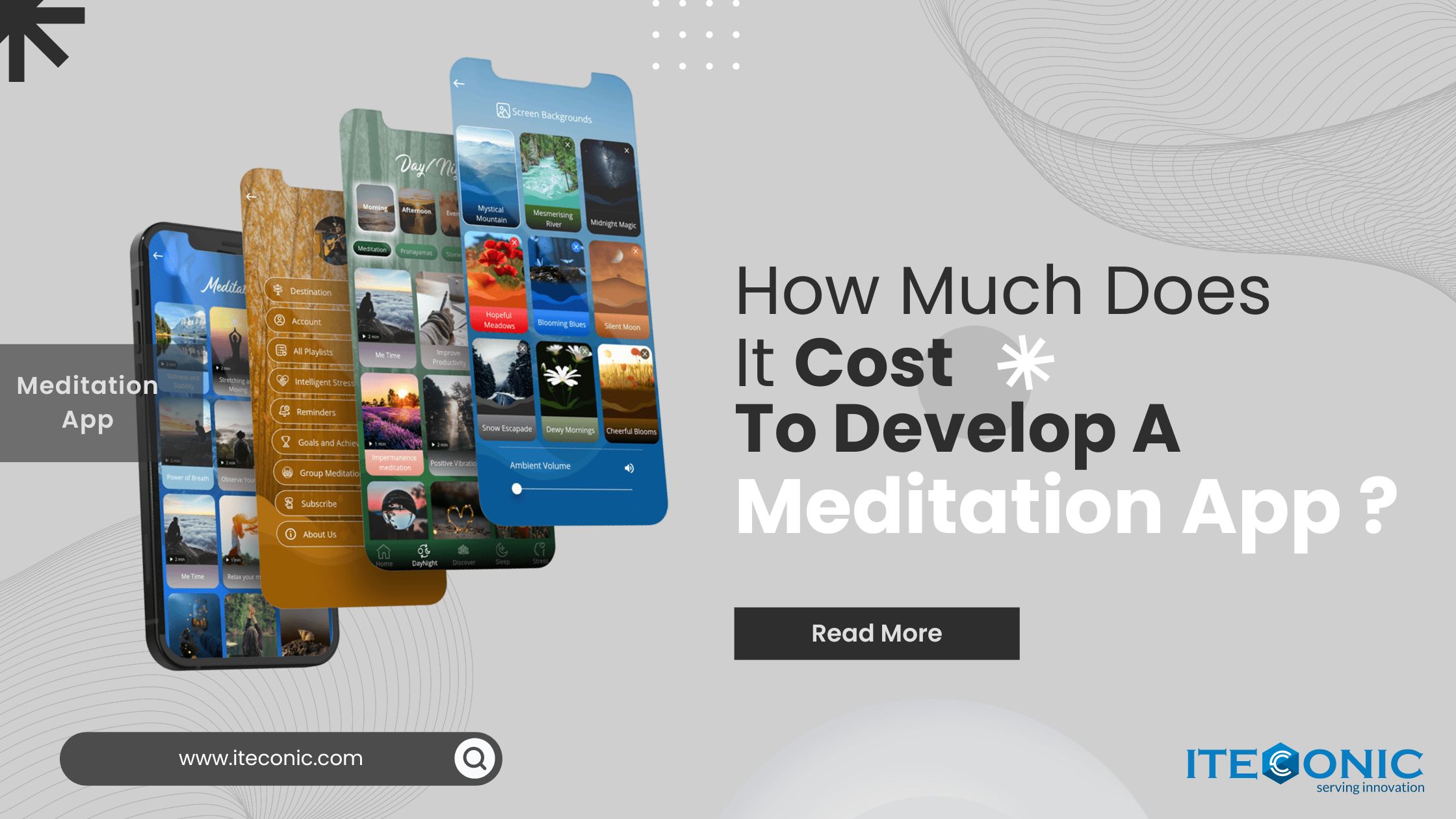
 (1).jpg)
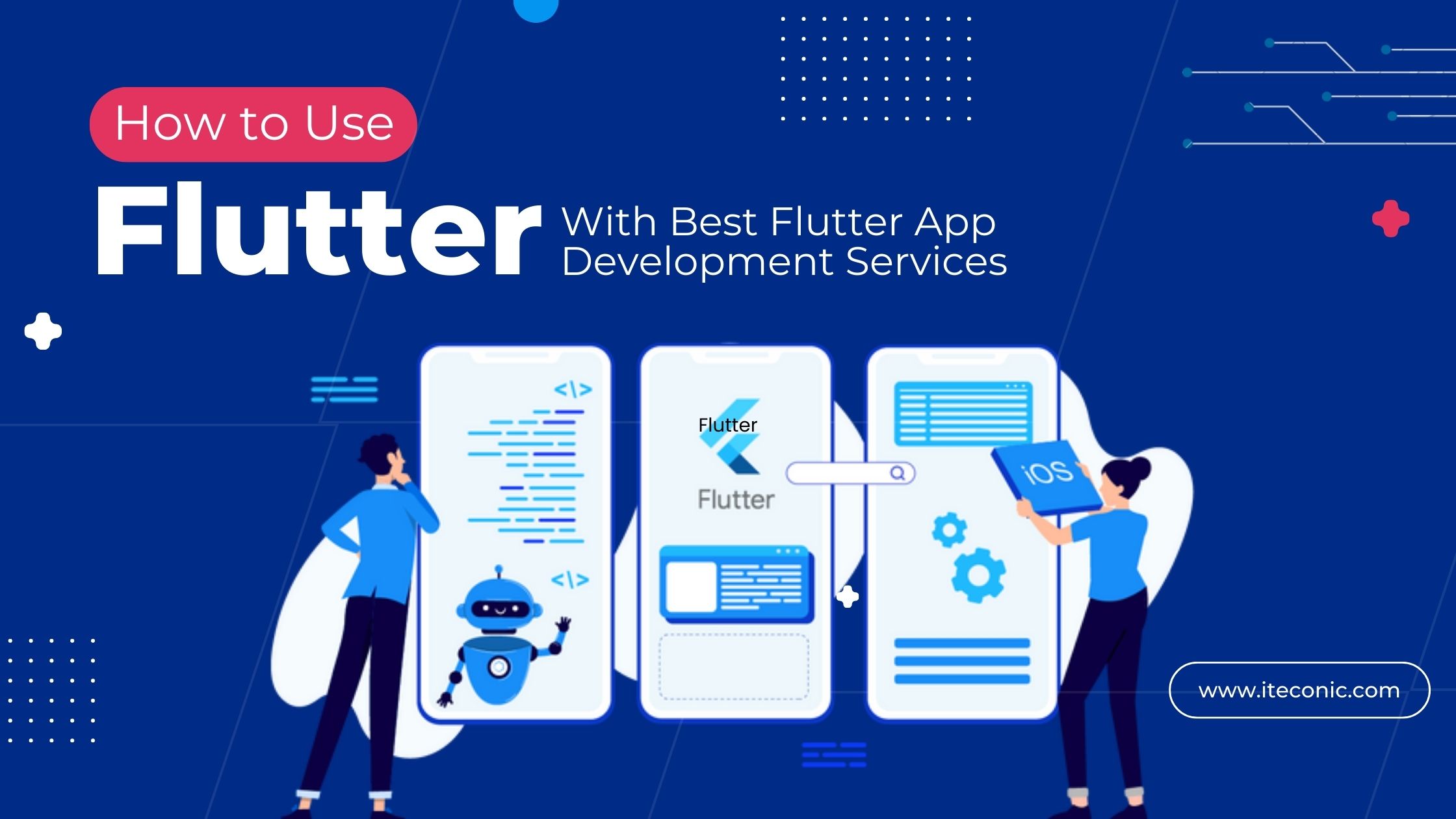
.jpg)
 (2).jpg)
.jpg)
.jpg)

.jpg)
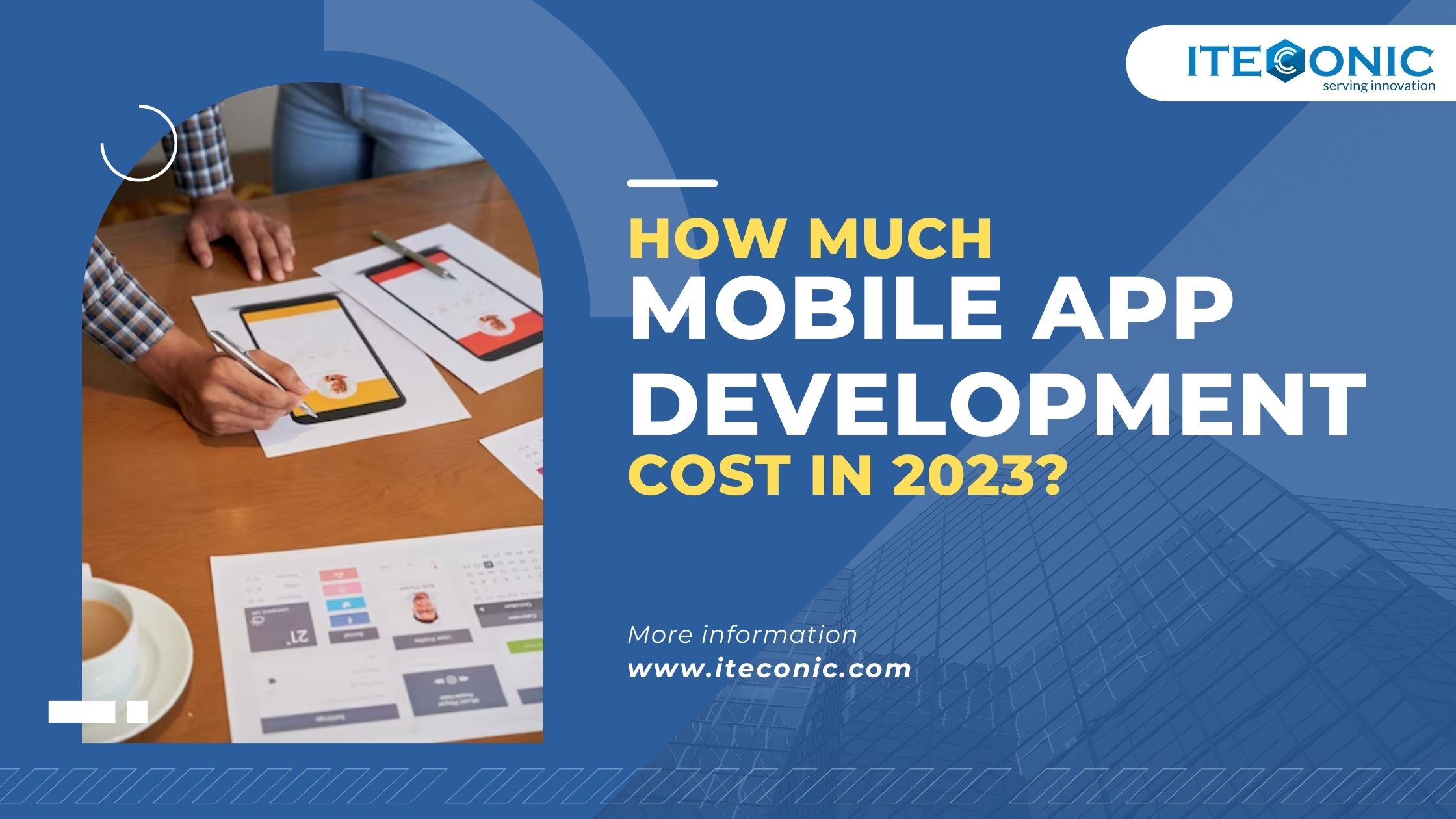
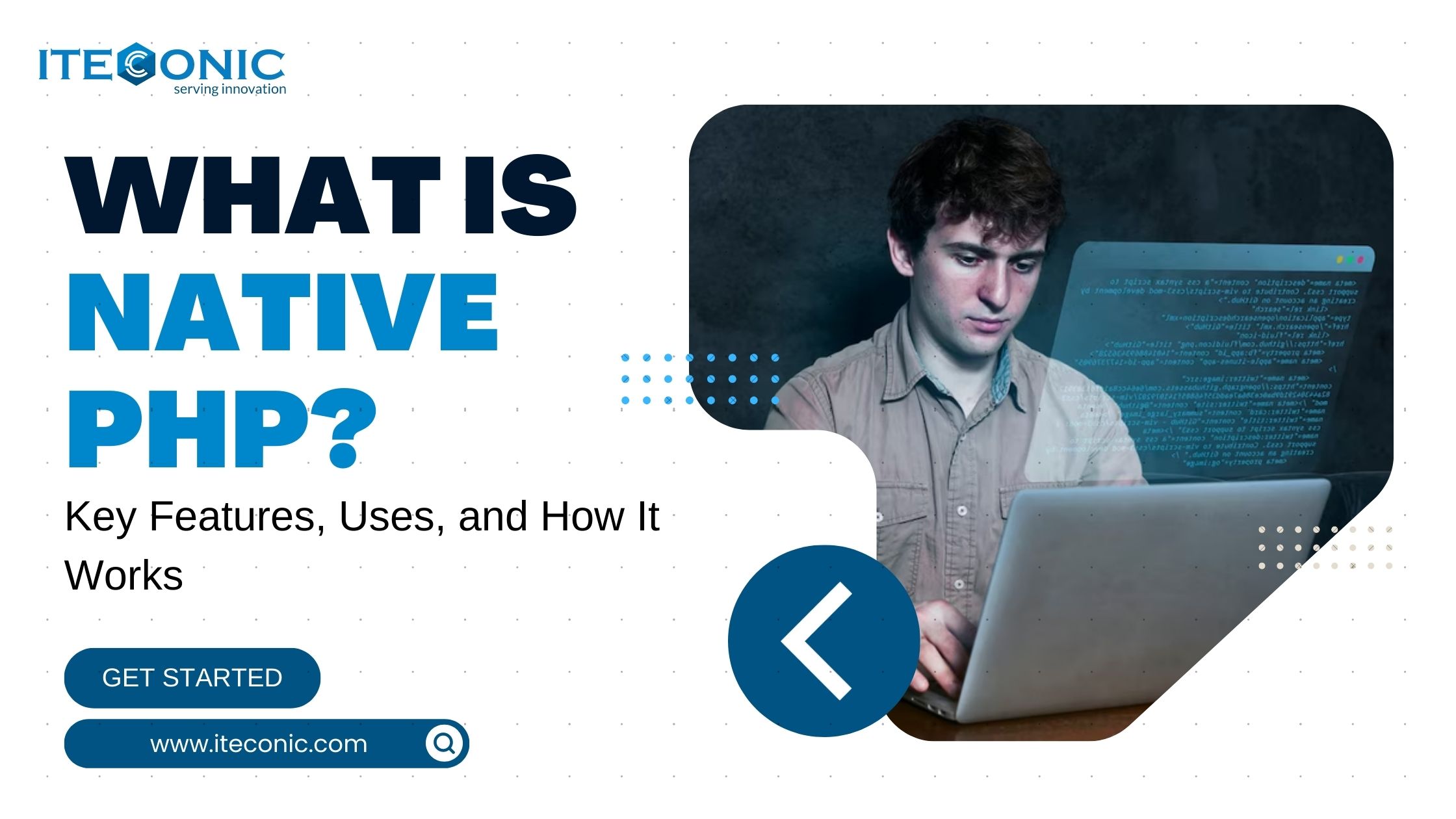
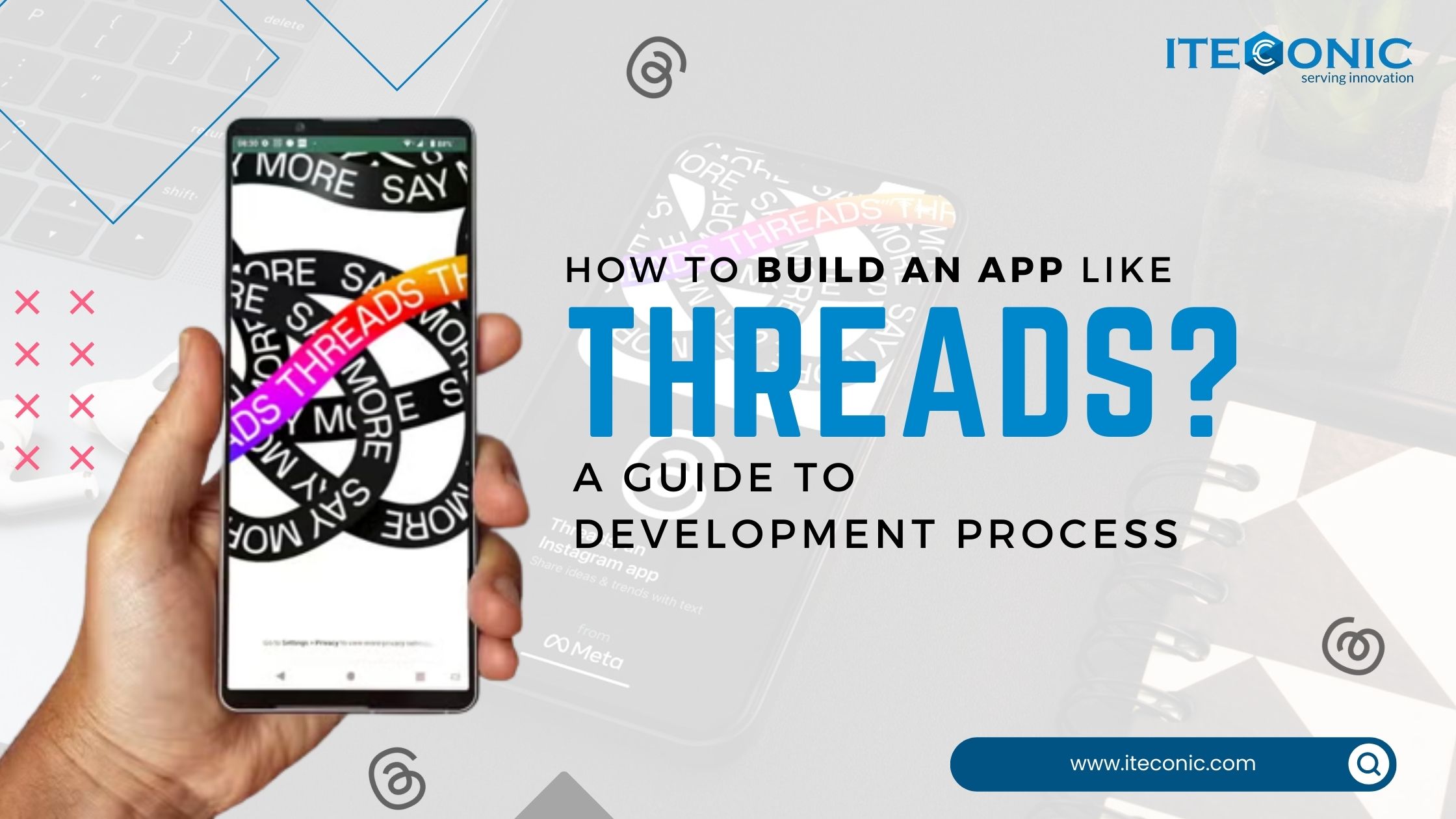
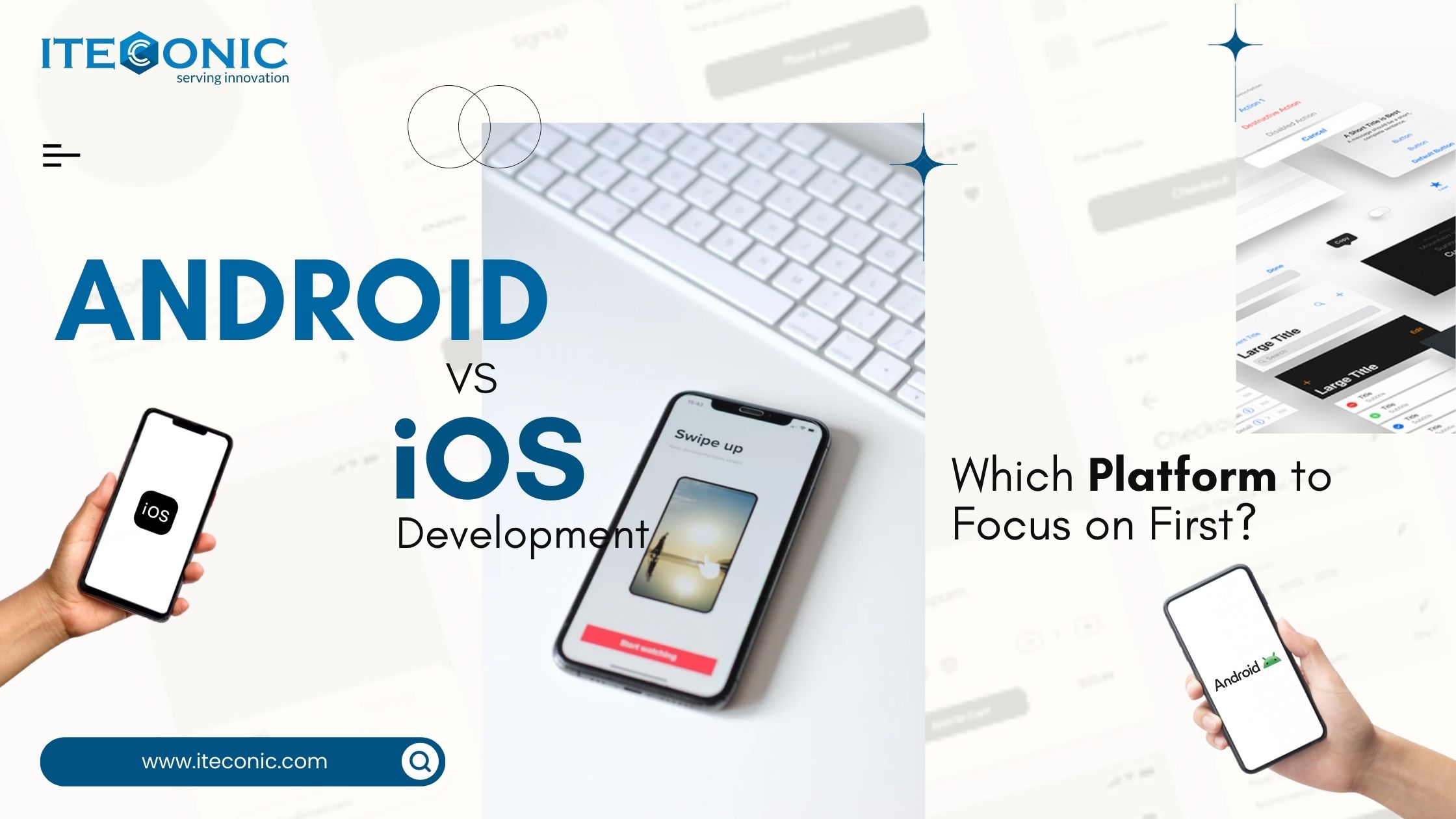
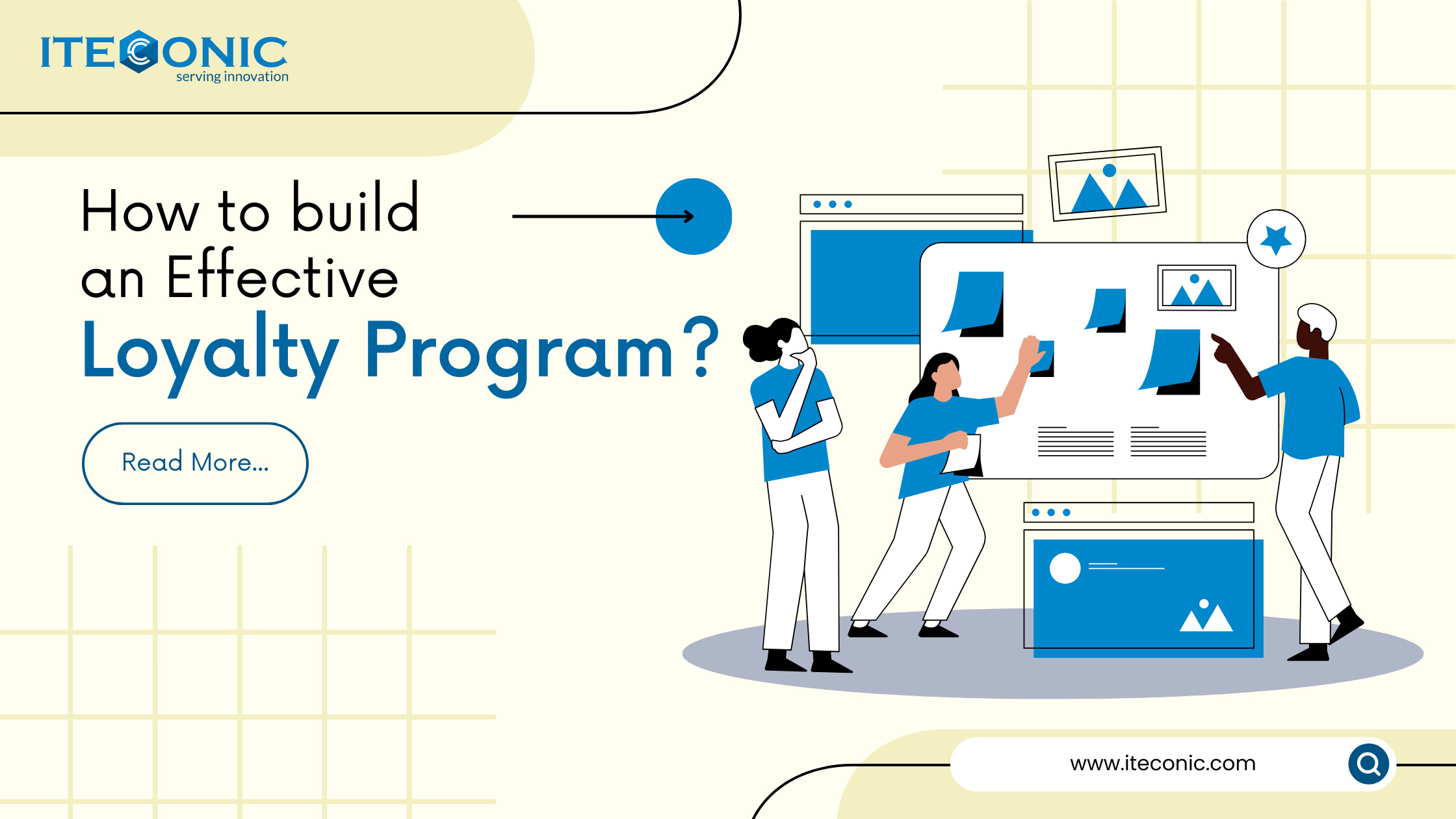
.jpg)
.jpg)
.jpg)
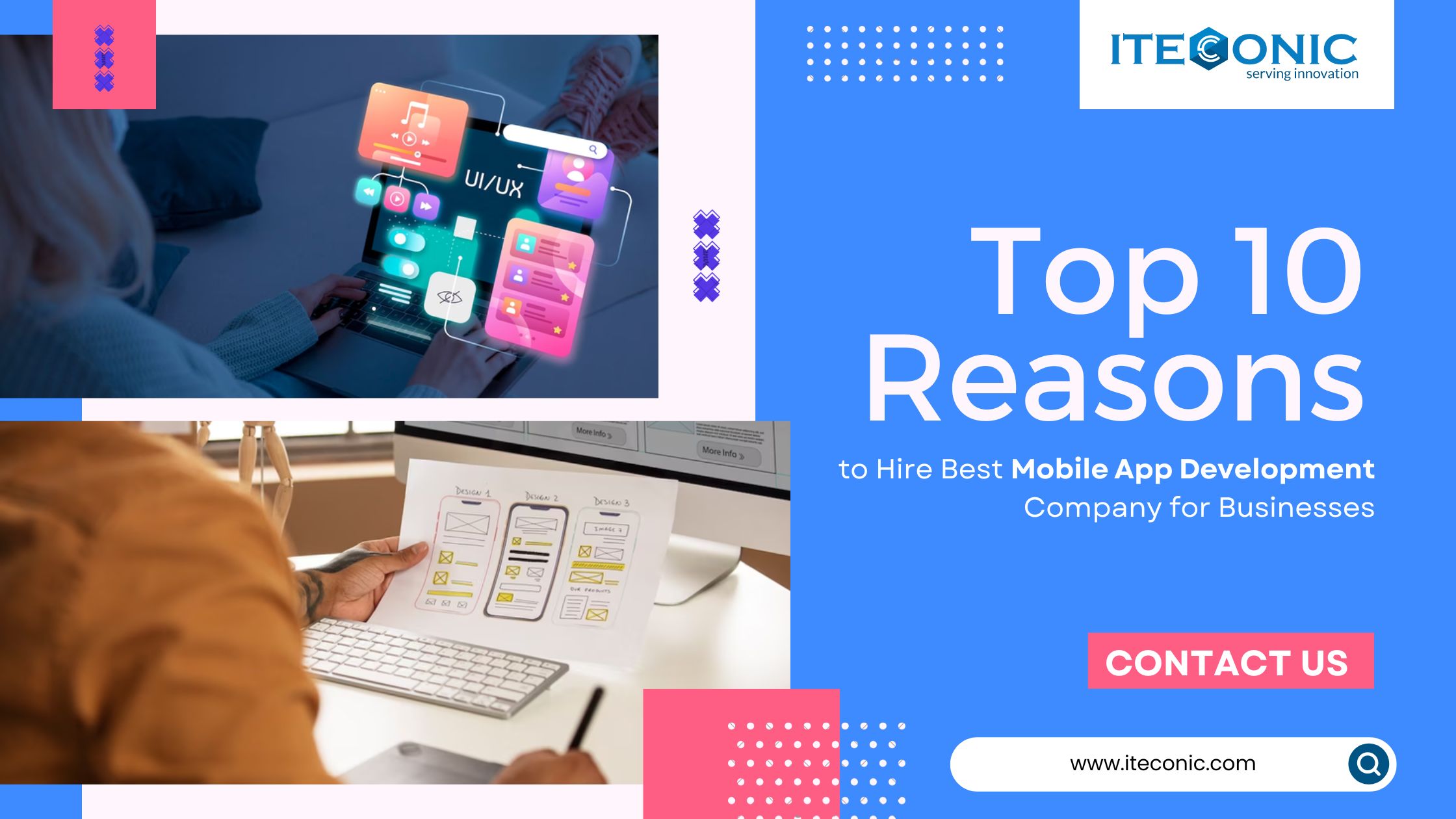
.jpg)
.jpg)
.jpg)
